Minute Man Fossils
Aggregate Fruit Double-Texas 03
Aggregate Fruit Double-Texas 03
Couldn't load pickup availability
Taxa: Indeterminate
Element: Aggregate Fruit
Geology: Aguja formation
Age: Cretaceous-Campanian
Locality: Brewster County, Texas
Aggregate Fruits
Aggregate fruits are a type of fruit that develops from a single flower with multiple ovaries, each producing a separate fruitlet. Each ovary in the flower becomes a small, individual fruit, and these fruitlets cluster together to form the whole aggregate fruit. Common examples include strawberries, raspberries, and blackberries. In these fruits, each small segment, like a drupe or achene, is derived from one of the ovaries of the flower. Unlike simple fruits, which form from a single ovary, aggregate fruits result from multiple ovules within a single flower.
Fossil evidence of aggregate fruits from the Aguja Formation is limited, as plant fossils are less commonly preserved than animal remains in this Late Cretaceous formation. However, the region's fossil record suggests the presence of a variety of plant life, including flowering plants that may have produced aggregate fruits. These would have been part of the diverse ecosystems that coexisted with the dinosaurs, with flowering plants likely contributing to the diet of herbivorous dinosaurs like hadrosaurs and ankylosaurs. While specific examples of aggregate fruits from the Aguja Formation are not well-documented, the diversity of plant life during this period likely included early angiosperms, the group to which aggregate fruits belong.
Aguja formation
The Aguja Formation is a Late Cretaceous geological formation in West Texas, primarily exposed in the Big Bend National Park region. It dates to the Campanian stage (approximately 80–72 million years ago) and consists of fluvial, coastal, and deltaic deposits. The formation preserves a diverse fossil record, including dinosaurs such as hadrosaurs, ceratopsians, pachycephalosaurs, tyrannosaurs, and dromaeosaurs, as well as turtles, crocodilians, and early mammals. The Aguja Formation provides important insights into the ecosystems of North America during the Late Cretaceous, showing a rich and varied landscape of rivers, floodplains, and coastal environments.
Share
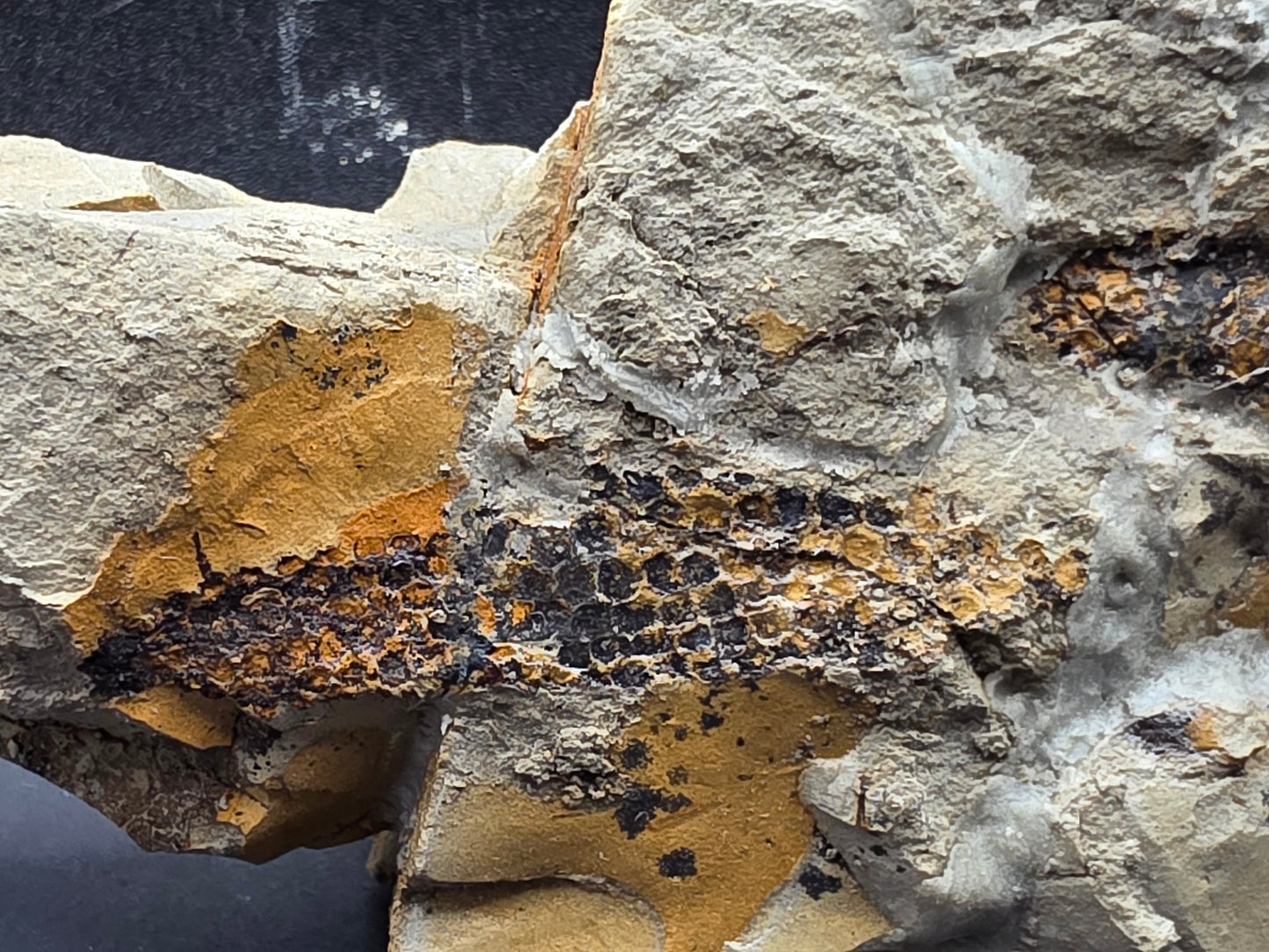
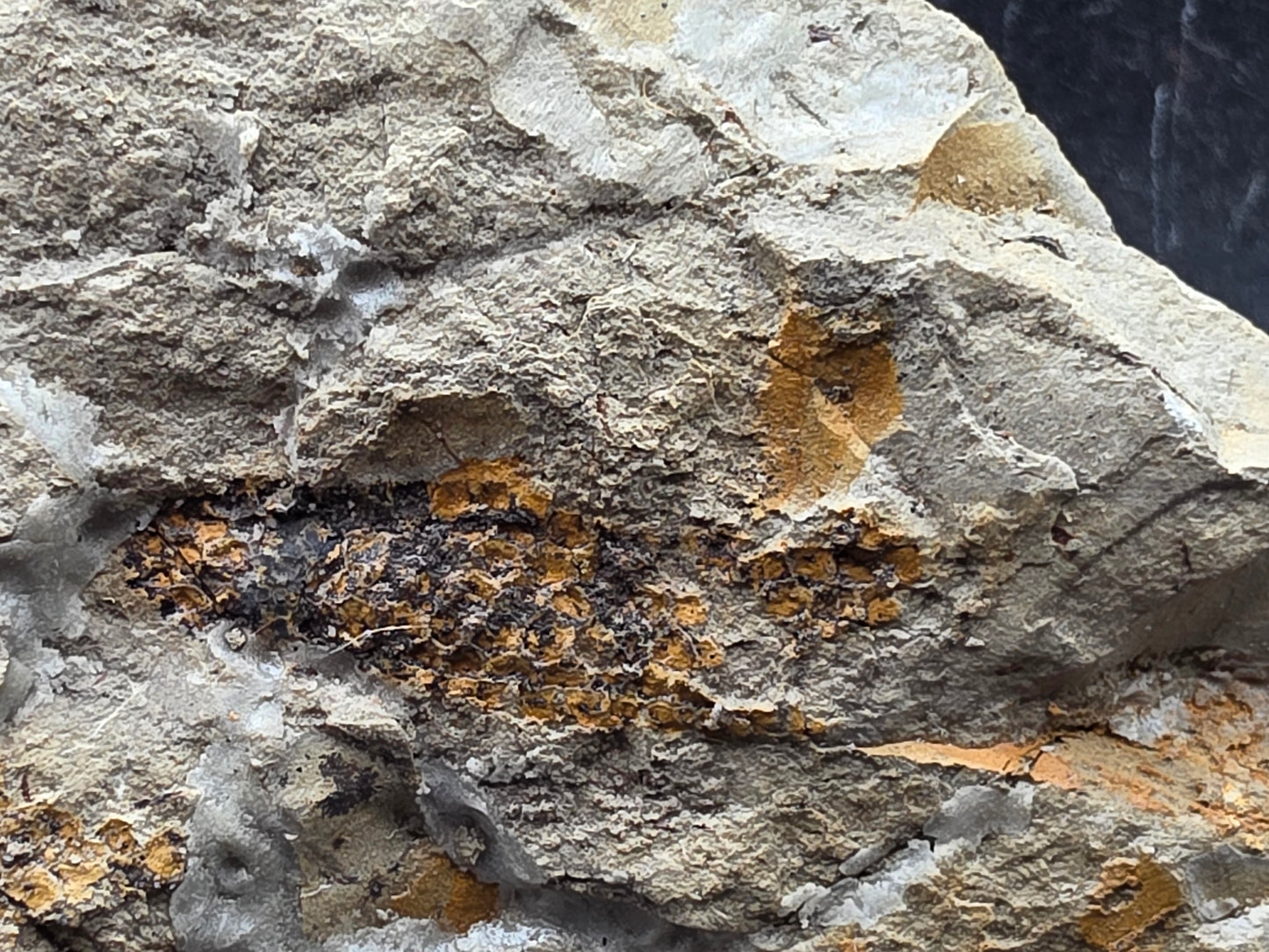
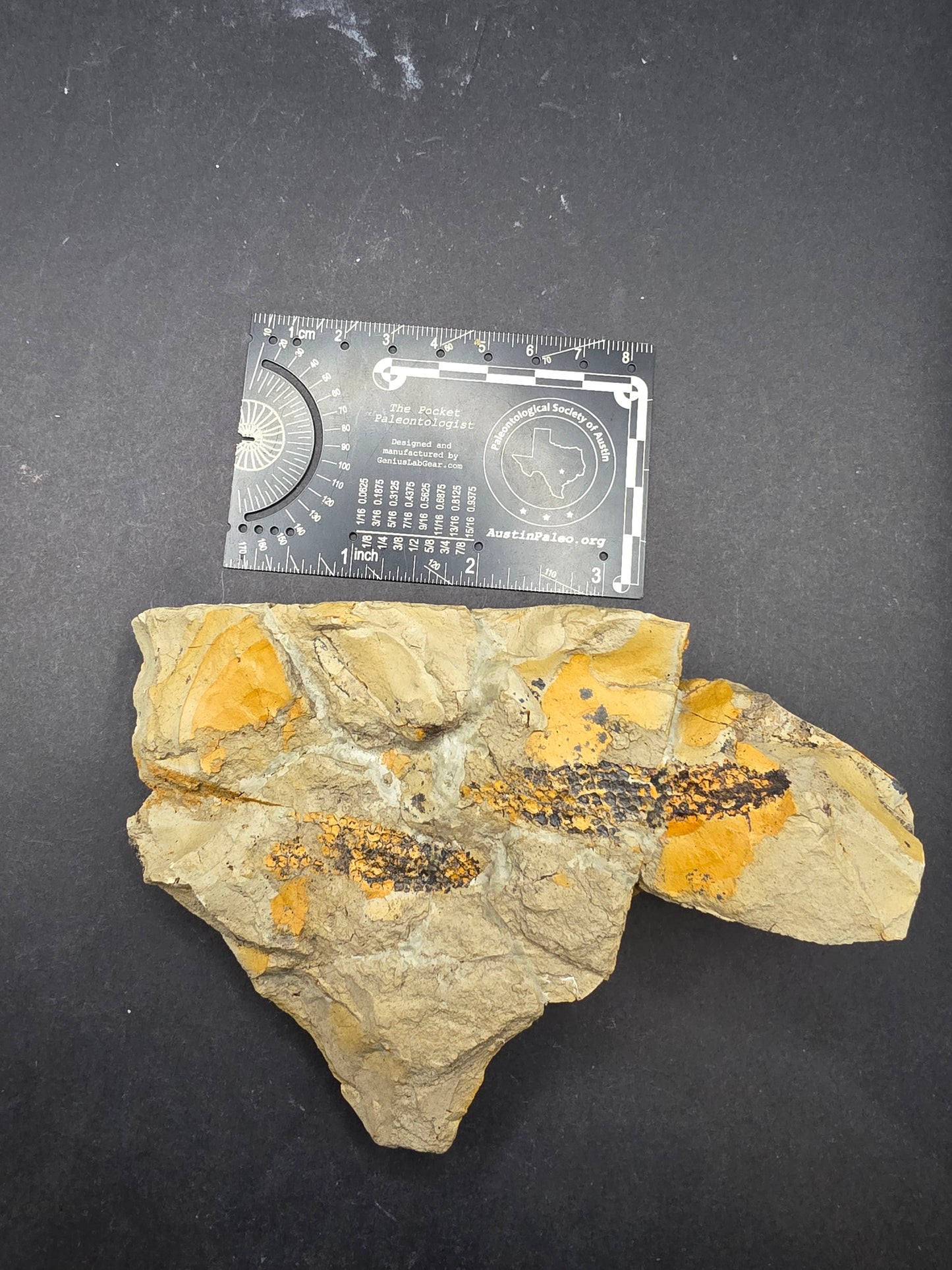
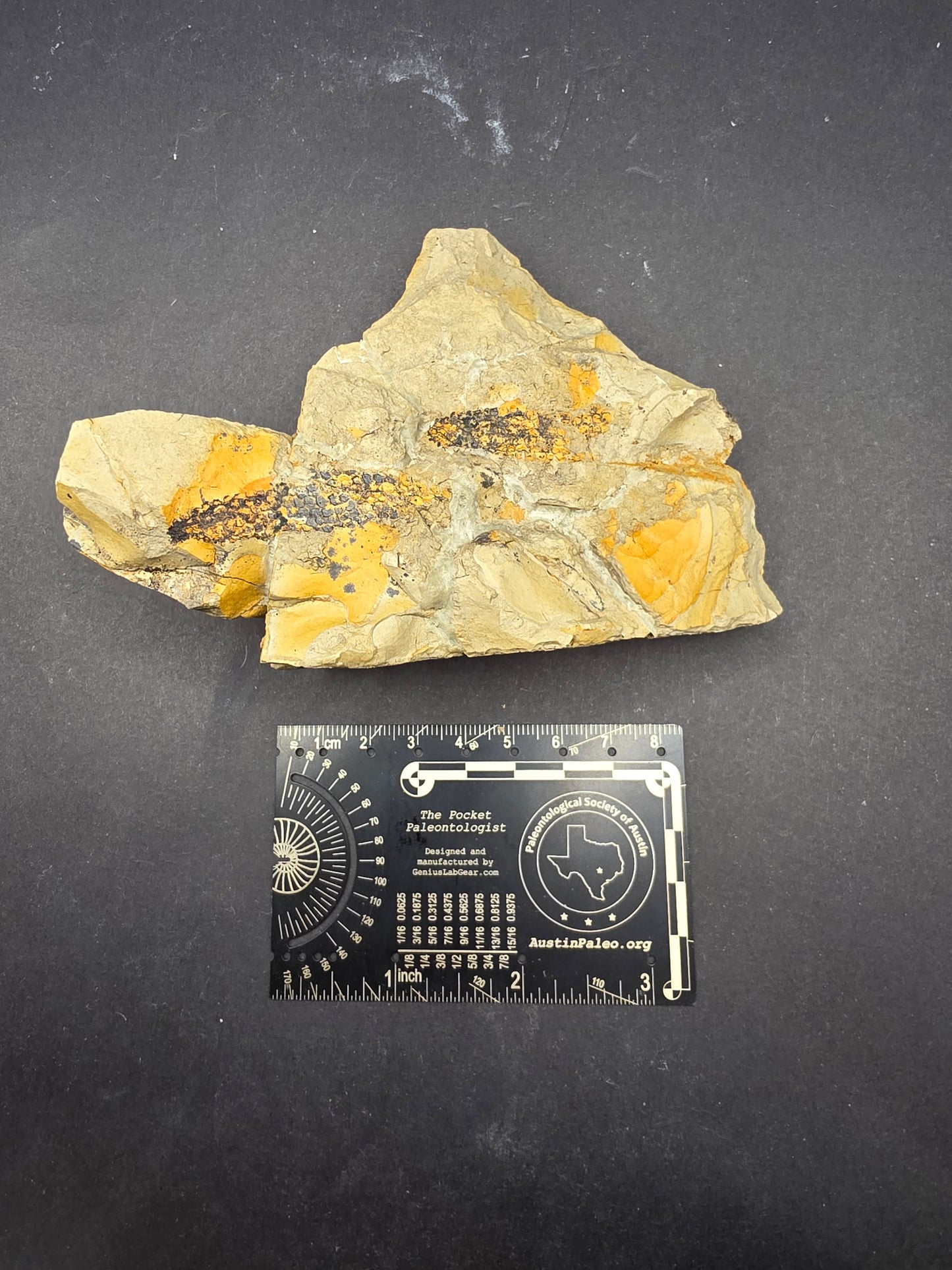
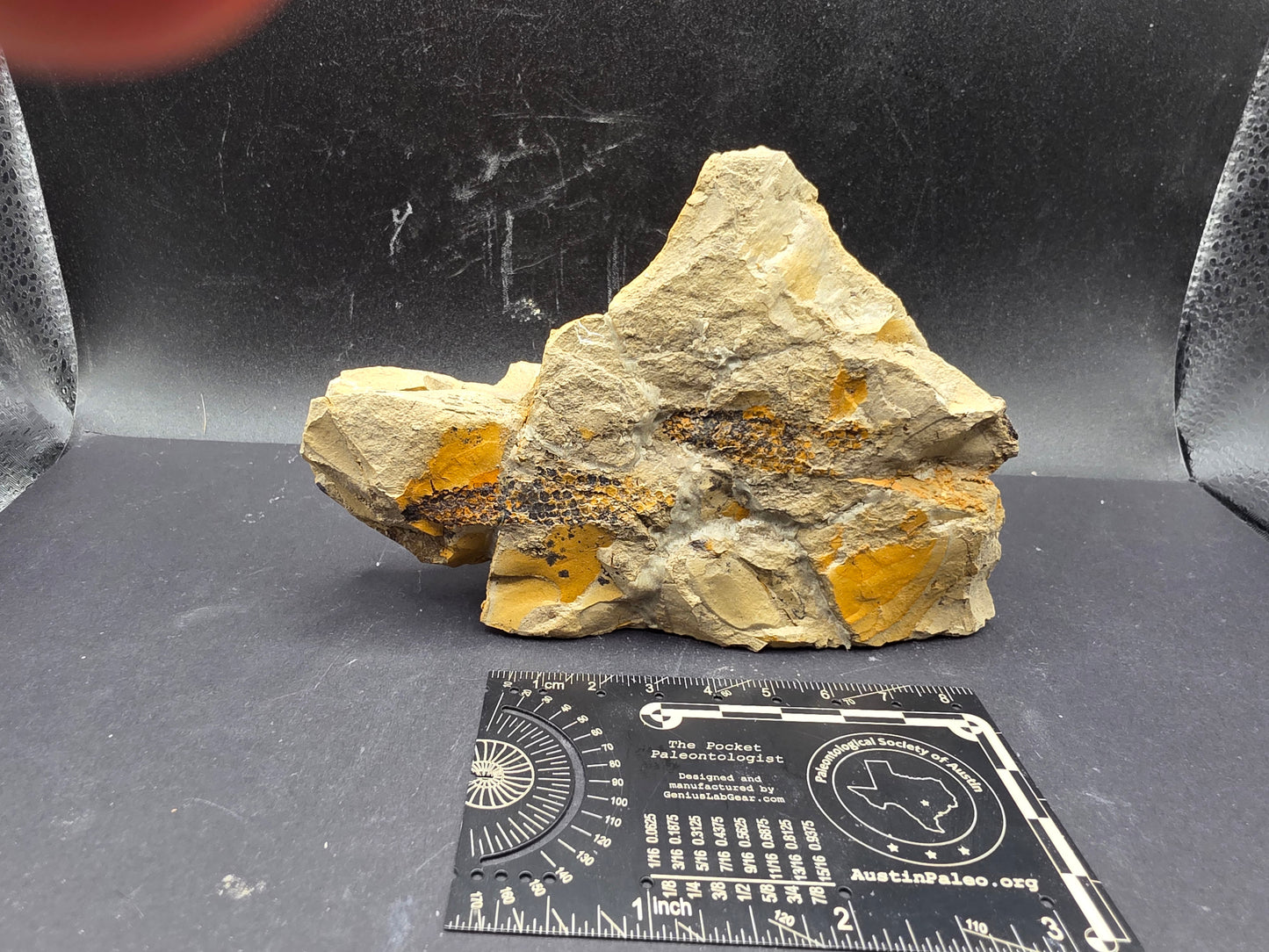
Subscribe to our emails
Be the first to know about new collections and exclusive offers.





